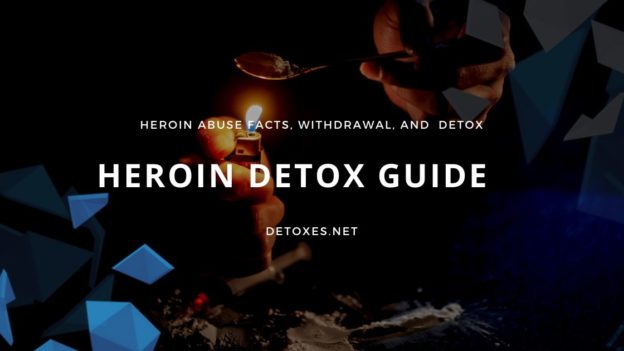Sadly, 130 Americans die every day from an opioid overdose (Centers for Disease Control and Prevention, 2018). The same statistics also show that overdose deaths secondary to heroin increased from 2010 before reaching a plateau. The National Institute on Drug Abuse (2018) show in further statistics that;
- In 2016, 948,000 Americans had used heroin in the past year
- The greatest increase in usage was in the age group of 18-25 years.
Heroin binds to opioid receptors in the brain that are responsible for pain and pleasure (Fareed et al., 2011). It has an incredibly high potential for addiction and a tolerance is quickly developed. This means that most addicts never get that same “first high” again, and forever “chase” this high. This addiction thus creates a vicious cycle that leads to a person taking ever-increasing dosages. These ramped-up doses are often behind overdoses and deaths.
Intoxication results in the following (Fareed et al., 2011):
- Feelings of euphoria
- Relief of anxiety
- Constipation
- Numbing of pain
- Pinpoint pupils
- Sweating
- Nausea and vomiting
- Impairment of memory, concentration and attention
Eventually, the user experiences feelings of apathy and decreased bodily movement. It can produce convulsions, decreased breathing and confusion if used in high enough doses. As highlighted by Darke & Hall (2003), large doses can be potentially lethal and accidental overdose is the commonest cause of death in heroin users. This risk increases with the concomitant use of other depressant drugs such as alcohol, other opioids and benzodiazepines.
Studies focusing on long-term heroin usage have shown deterioration of the white matter in the brain (Li et al., 2013). This impacts a person’s decision making, increases anxiety and changes behavior. People who repeatedly snort heroin damage their nasal septum and can perforate it. Other long-term complications specific to heroin include the following (National Institute on Drug Abuse, 2018):
- Sexual dysfunction
- Menstrual cycle disturbances
- Scarred/collapsed veins
- Bacterial infections of blood vessels and heart valves secondary to impure or contaminated heroin and/or needles
- Abscesses and soft tissue infections
- Hepatitis B and C, HIV and other blood-borne viruses secondary to sharing of needles




